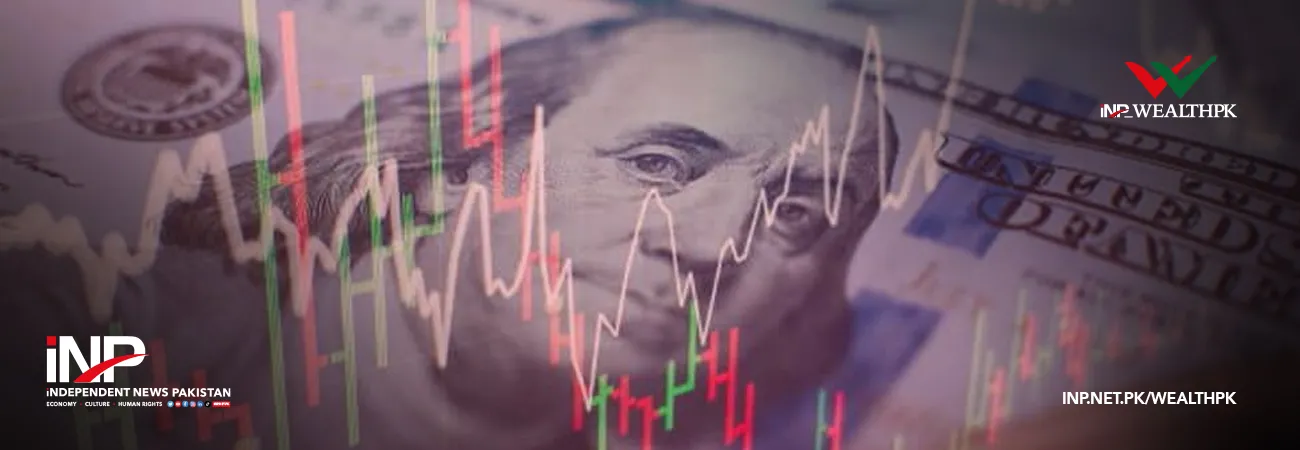INP-WealthPk
Qudsia Bano
Pakistan has borrowed approximately $6 billion from multiple financing sources during the first eight months (July-February) of the fiscal year 2024-25, raising concerns about the country’s economic stability amid widening funding gaps.
Despite budgeting $19.393 billion for external financing in the ongoing fiscal year, Pakistan has secured only 30% of the targeted amount. The government has also borrowed $500 million from foreign commercial banks, although it had initially planned to raise $3.779 billion from this source.

The Ministry of Economic Affairs’ latest data shows that in February alone, Pakistan received $364 million from various sources. However, a significant gap remains between budgeted and actual inflows, raising concerns about the country’s ability to meet its external financing needs. With no funds raised from the planned issuance of bonds so far, experts suggest that Pakistan may face mounting pressure to secure alternative sources of funding or renegotiate existing debt obligations.
Experts have voiced concerns about the implications of this borrowing on the country’s economic outlook. Dr Shahid Kardar, a former economist at the State Bank of Pakistan, stated that while external borrowing is essential for meeting fiscal requirements, the rising debt burden poses risks to macroeconomic stability. “The consistent reliance on external borrowing without a sustainable repayment strategy can lead to further financial stress, especially if the government fails to enhance revenue generation and export earnings,” he warned.
Dr Hassan Nawaz, a former economist at the Ministry of Finance, emphasised that Pakistan’s external borrowing must be backed by structural reforms to ensure economic resilience. “If these funds are not utilised for productive investments, such as infrastructure and industrial development, the country may find itself in a perpetual cycle of debt dependency. The lack of a concrete strategy to bridge the funding gap remains a major challenge,” he explained.
Financial analysts also stress the importance of reducing reliance on short-term borrowing and focusing on structural economic reforms. Kardar pointed out that stabilising the exchange rate, increasing foreign direct investment, and expanding exports are critical measures to address the widening fiscal gap. “Without diversifying revenue streams and improving investor confidence, Pakistan will continue to struggle with economic uncertainty,” he said.
Despite these concerns, government officials maintain that external borrowing is necessary to meet financial obligations and maintain foreign exchange reserves. However, as global lending conditions tighten and debt repayment deadlines approach, policymakers will need to implement decisive measures to ensure long-term economic stability and prevent further financial strain.
Credit: INP-WealthPk






